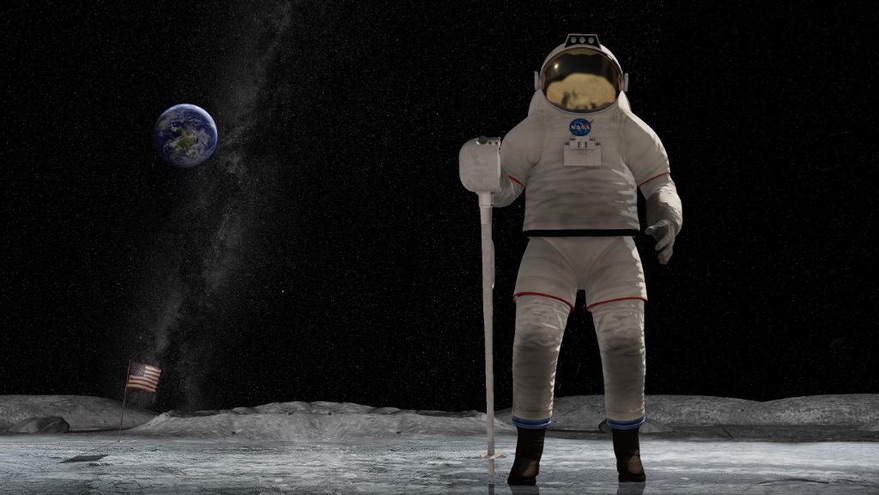
WASHINGTON — While NASA’s administrator says the Artemis lunar program won’t come at the expense of other projects, others at the agency warn that internal cuts will likely be needed to afford a human lunar return by 2024.
In a variety of appearances in the two months since the White House directed NASA to speed up its timeline for landing humans on the moon, Administrator Jim Bridenstine has argued that what is now called the Artemis program won’t be funded by transferring funding from other agency programs. Attempting to do so, he said, would create opposition to the program in Congress, where he’s seeking bipartisan support.
He reiterated this point at a May 30 meeting of the NASA Advisory Council here. “We’ve got support from a budget request that says we’re going to step forward and were going to fund this, and we’re not going to cannibalize NASA in order to fund it,” he said.
NASA is seeking $1.6 billion in additional funding for Artemis in 2020, in the form of a budget amendment submitted to Congress May 13. That would allow work on Artemis to continue without affecting other programs.
The same, though, may not be true in future years. At the same meeting May 31, Bill Gerstenmaier, NASA associate administrator for human exploration and operations, said it’s unlikely the additional funds needed in 2021 to continue Artemis — an amount NASA has not disclosed but is expected to be significantly higher than the $1.6 billion requested for 2020 — will be entirely in the form of an increase to the overall NASA budget.
“When we get to ’21, I don’t think we’re going to be able to get the entire budget as new money to the top line,” or overall agency budget, he said.
That means, he said, NASA will have to look for savings elsewhere. “We’re going to have to look for some efficiencies and make some cuts internal to the agency, and that’s where it’s going to be hard,” he said, suggesting those cuts would come from both human spaceflight programs and others outside of the Human Exploration and Operations Mission Directorate he oversees.
“Everybody can be on board when everything is going forward and there’s an infinite amount of new money coming into the agency, but we had a series of meetings already where we’re starting to discuss what other things can we cut, or where can we slow some things down to focus,” he said. “I’m going to do that even within my own directorate.”
NASA has yet to release an estimate of how much the Artemis program will cost through the first human landing in 2024, or how much additional money on top of previous budget projections will be needed. Those estimates do exist, Gerstenmaier and others have indicated, but are not yet cleared for public release because of ongoing discussions both within NASA and between NASA and the White House.
“I’m hesitant to give you the number because we’re still in this deliberation,” Gerstenmaier said at the council meeting. “It’s not going to be all new money.”
Those comments have created a disconnect that has confused others at the agency. At a June 3 meeting of the Astronomy and Astrophysics Advisory Council, a committee member asked Paul Hertz, director of NASA’s astrophysics division, if the upcoming decadal survey for astrophysics will receive any guidance from NASA about potential cuts in science programs caused by Artemis.
“First of all, I cannot support your statement that it’s clear that other parts of the agency must be raided to pay for Artemis,” Hertz responded. “The administrator has said that won’t be the case. The first budget request does not raid the rest of the budget to pay for Artemis. I doubt that Congress has the desire to raid the rest of the agency to pay for Artemis.”
The committee member responded by referring to Gerstenmaier’s comments at the NASA Advisory Council meeting three days earlier. “I didn’t hear his comments, so perhaps he clarified something that I’m not aware of,” Hertz said.
Bagikan Berita Ini















0 Response to "NASA offers mixed messages on future budgets - SpaceNews"
Post a Comment